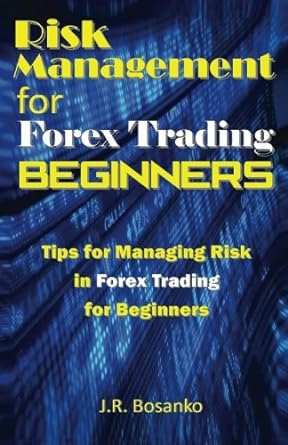Answered step by step
Verified Expert Solution
Question
1 Approved Answer
Using the Harvard Business Case Study, Note on Money and Monetary Policy , answer the following questions Following the stock market crash in October 1987
Using the Harvard Business Case Study, Note on Money and Monetary Policy, answer the following questions
- Following the stock market crash in October 1987 and the terrorist attack in September 2001 the Federal Reserve rapidly increased the amount of money in circulation and lowered interest rates. Why did the Federal Reserve take these actions and what impact do you believe they had?
- From early 2005 through August 2006, the Federal Reserve steadily raised short term interest rates, being concerned about potential inflationary pressures. It then held short term rates steady through August 2007, saying that it remained very watchful about possible inflationary dangers. However in September 2007 it suddenly dropped rates and took other steps to aid capital market liquidity. Recently short term rates have been maintained at extremely low rates (effectively zero percent for a while). Now there are fears of a double-dip recession and potential deflation on one hand and other fears of potential high inflation in the foreseeable future. If you were sitting on the Open Market Committee today, how would you go about deciding what policy path to take, particularly given the lag in the effect of some monetary policies on the real economy?
Step by Step Solution
There are 3 Steps involved in it
Step: 1

Get Instant Access to Expert-Tailored Solutions
See step-by-step solutions with expert insights and AI powered tools for academic success
Step: 2

Step: 3

Ace Your Homework with AI
Get the answers you need in no time with our AI-driven, step-by-step assistance
Get Started


